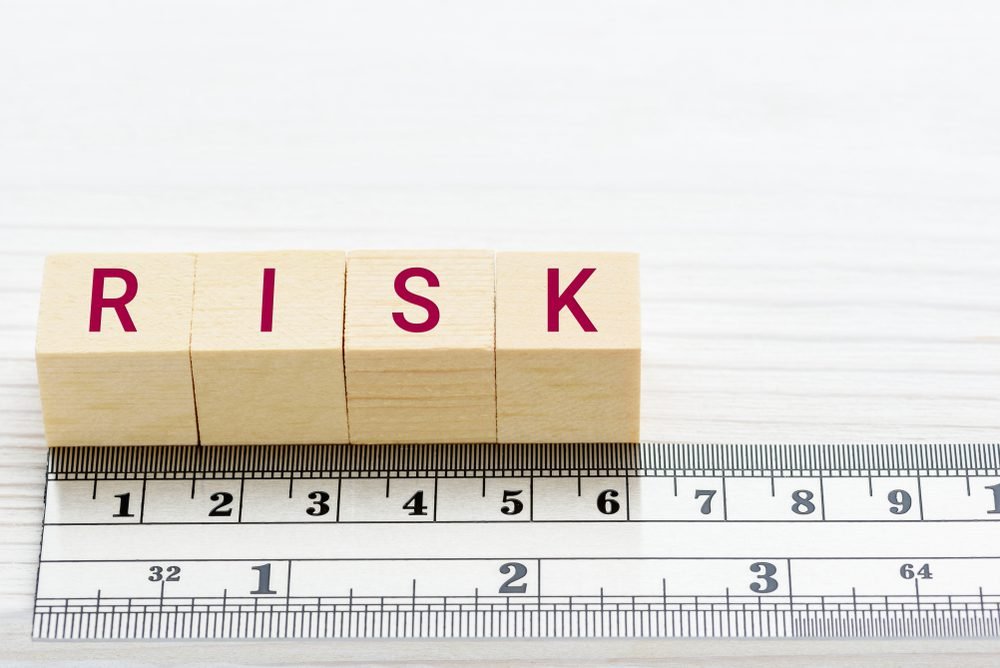The banking industry survives because of its Credit risk Management. It has always been the number one pain-area for financial institutions that also run risks such as operational risks, technological risks, talent risks, and liquidity risk.
Banks, NBFAs and other financial institutions face risks of defaults, foreclosures, bankruptcies and others regularly. Banks issue loan products to a wide consumer base and the interest they earn is a primary source of revenue. When the interest rates are too low they face losses and if they are too high the loan will have no takers.
Banks are bound by RBI guidelines and rates with respect to maintaining sufficient equity and regulating where they can park their funds as investments, on important financial indices like the debt: equity ratio, credit default swapping, and such. It is important that their revenues from investments are not too little and that the bank has sufficient reserve capital for financial stability.
A Credit risk Management analyst is crucial to the bank’s profitability and to manage and assess credit risks, evaluate Crloan applications, ensure credit-worth of the borrower, monitor credit policy compliance and regulatory lending norms.
The CR analyst finds roles in the companies offering credit cards, NBFCs, the credit, lending and risk management divisions of commercial banks, and financial institutions. Their role could be either the one who is facing the borrower or may be needed to ensure other staff members are equipped for loan decisions with insights, customer data, and credit reports. They are also responsible for maintaining compliance of the regulatory norms.
Regulations on Risk and Loss Mitigation:
The second release of the Basel Accords states the rules regarding compliance and regulation of capital allocation and the risk-levels banks are permitted to take. It also lays down the norms, compliance measures, rules and regulations that the banking industry must mandatorily follow.
The CR analyst is the person who ensures adherence to these norms which are useful in loss and risk mitigation.
The latest Basel III proposed rules require higher capital and prohibit the use of any other models. The inhouse-models and customized models are to be shown the door from 2017 impacting the economy, financial markets, debtors and creditors including the money market funds, trading books etc.
According to a Capgemini report, firms are now are viewing risk-management more urgently and from an enterprise-wide holistic view in their quest for innovative techniques to manage credit risks more effectively. This area of banking business and risk-management areas in industries are stepping up their IT investment in risk management.
Asia, Europe and North America account for the most IT spends on credit risk management with the investments in 2011 being double the amounts in 2008. Obviously then the analysts for risk management will see a sharp rise in demand. The roles if people with the know-how of management will be essential and lucrative too.
Current Situation:
The recent financial crisis in capital markets and the role of banks brings attention to the existing risk management systems and how they fall short in actually managing their credit risks.
The ILFS, Jet Airways and DHFL defaults are just a few among the major losses caused by the failure of their lenders and counterparties in timely delivery of monies in interest and capital on their contracts. A second recession and starved capital markets may be a reality waiting to happen.
That’s exactly the hottest topic on the minds of investors, lenders, banks, NBFCs and Fintech industries among many others who will bear the brunt. This makes credit-risk the most trending area for career development today.
Get Certified:
You can do a credit risk management course at any of the reputed training institutes like Imarticus Learning. The RMA awarded certification is the top certification in the field of Credit risk Management.
The credit risk certification offers a standardized measure of seven skills essential in credit-risk management. These are:
• Assessment of the market, client's industry, competitors, and other external factor risks.
• Aiding through reporting the management's ability to execute and formulate strategies related to finance and business.
• Completing financial client and lender assessments in an ongoing accurate manner.
• Evaluating quality, strengths, and risks in the lender’s and client’s cash-flow and financials.
• Assessing collateral assets for risk through periodic inspections.
• Analyzing and identifying the structure, credit exposure and sources for loan repayments.
• Reworking and detecting bad-loans while resolving the conflict of interest issues.
Did you know that the Credit risk Management courses at Imarticus Learning offer the analyst mock interviews, assured placements, and soft-skill development too, as part of their course learning? Why wait then? Join today!
Also Read: What is Credit Risk Management











